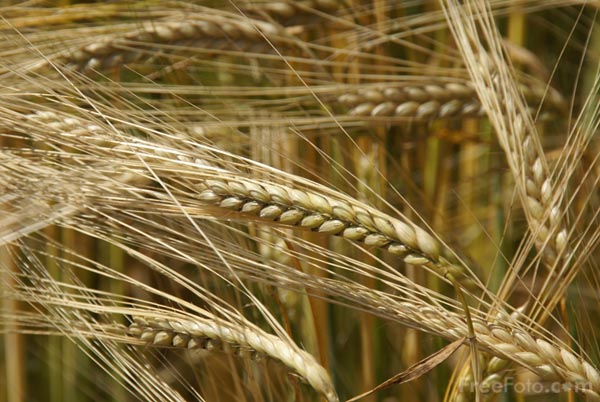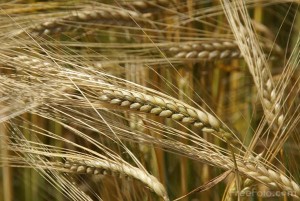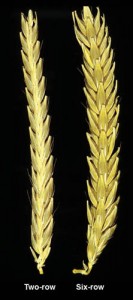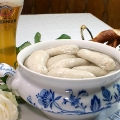In case we didn’t make this clear two weeks ago, traveling with three young kids is extremely challenging. We had a difficult day of driving in an overstuffed rental car filled with kids and luggage (and kids sitting on luggage). We made it to Bern, Switzerland and stayed one night in a crowded hotel room with one kid on the floor, and one two-year-old that doesn’t know how to fall asleep without his pack-and-play (which was wrapped in several layers of plastic with several other items and strapped to the top of the car — oops). No one got much sleep, tempers flared, and I wondered several times, “why are we doing this again?”
However, the next day, we drove to our new home in the town of Münsingen. After going through everything with our landlord, a 32-year ex-pat from Connecticut, we were even more overwhelmed and exhausted. But, we had arrived!
There are several things about the house that are fantastic. The yard is a beautiful, relaxing space surrounded by lush greenery, flower gardens, a koi pond with a bridge, candle-lit patio, two fire pits, a bench swing, a ping pong table, fresh raspberries and black berries, and a vegetable garden that has already been planted with lettuce, beans, tomatoes, rhubarb, radishes, and peppers. It will be a bit of work to maintain, but we love spending time and eating meals out there. The house also has plenty of space, including a guest suite with a room and bathroom that closes off from the rest of the house. So, if anyone is thinking about visiting us, come on over!
Also, our neighborhood is great. We are near a creek and in walking distance from everything we need. There are lots of kids here, and Emily and James immediately befriended a family across the street. We were fortunate to arrive on August 1st, which is Swiss National Day. The first night, though we were too exhausted to try to go to the celebrations in the city of Bern, we learned that the tradition for most Swiss families involves setting of lots of fireworks in the streets. We joined the families outside our house where the kids all had a blast setting off over a hundred fireworks of all sizes. The next day, the kids played together again, and we all went to the local swimming pool complex in the afternoon. Even though it has only been a couple of days, we love our new home. Already the challenges of getting here seem like a minor hurdle compared to the incredible experiences ahead of us.
NOTE: No pictures this time. We won’t have real internet access until we get our residence permit, which may take a while (I’m sitting in a Swisscom store right now). But we’ll post when we can.





